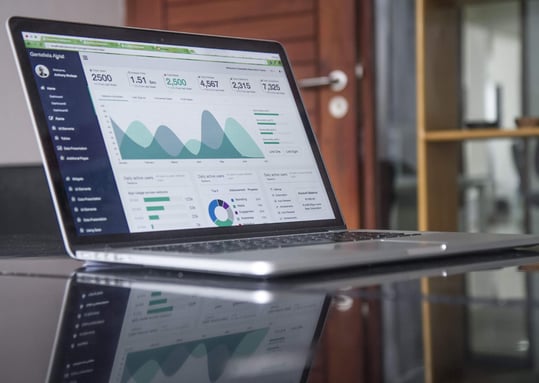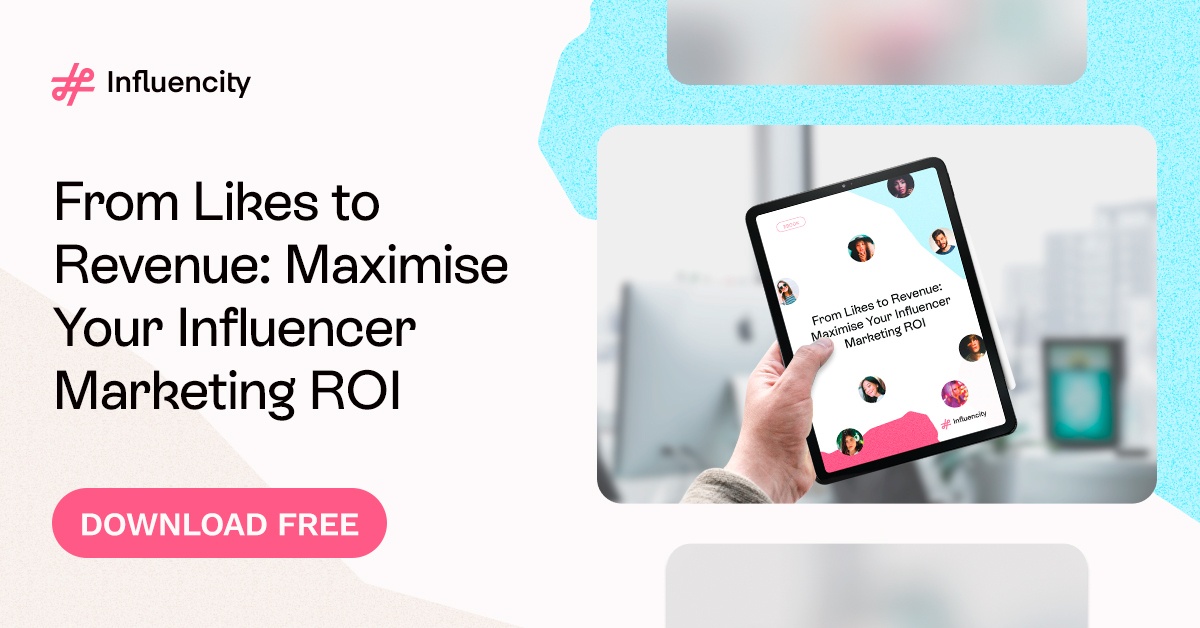It is a known fact that influencers can create excellent business opportunities for businesses and brands. For instance, an influencer can place a brand in a good position and help it to get better visibility. On the other hand, when the association between an influencer and a brand is not managed well, the same actions with influencers may lead to a negative influence on a brand. The focus of any sound marketing strategy should be on various techniques so that the objectives such as awareness campaigns and branding campaigns can be met. While brands can opt for performance campaigns, there can be also performance campaigns done via influencers. The latter is referred to as performance-based influencer marketing.
The Pros of Influencer Marketing
We will first see the positives as there are several merits of this form of marketing. Innumerable medium and small enterprises and businesses have been collaborating with Internet celebrities and have achieved great successes.
- Avoid pushy ads: Influencers are experts at seamlessly integrating sponsored content alongside organic posts.
- Positive results: Several studies have observed that influencer marketing, when done properly, can boost the sales of a business.
- Save time: Brands can save valuable time as they do not have to think about developing their own content on social media sites. Rather, influencers will prepare these posts, which their audiences can relate to.

The Cons of Influencer Marketing
The not-so-good news is that there are certain drawbacks to this form of marketing as well. Organizations should be also aware of these demerits.
- Businesses need to track an influencer campaign’s performance: You need some extra tools to measure the outcome of your influencer marketing campaigns. It is also important to track a campaign’s effects. Else, there is a possibility of repeating some activities without being aware of whether they will click or not.
- Influencer marketing may take some time and effort to set up: A successful influencer marketing campaign needs time, as well as, the effort for setting up.
- Influencer marketing campaigns might fail: While such campaigns can be great for your business, the chances of them not clicking cannot be ruled out entirely. Your rivals may invest in a different marketing channel meanwhile, leading to more substantial outcomes.
- Overdependence on predictions: One of the major demerits of traditional influencer marketing is that it is dependable on predictions to assess the performance of influencer marketing. When the right tools are not available, it is not always possible to predict how the posts of an influencer will perform.
In relation to the previous point, it should be clarified that there are different types of PPC campaigns. As such, it is imperative to report on the KPIs or the Key Performance Indicators. You can also call them predictions for influencer marketing performance.
Cost Per Click (CPC)
CPC is a measurement of the exact amount paid by an advertiser. Cost Per Click can be measured by a business by dividing a campaign’s total cost by the total count of the clicks on the ad for that campaign.
Pay Per Click (PPC)
Pay Per Click or PPC is a special digital ad model wherein the advertiser pays a fixed or an auction determined amount. It happens when a user clicks on an ad to go to their website.
Impression share (CPM)
An impression takes place every time an individual sees your advertisement. It is immaterial whether he/she is clicking on it or not. However, look at the count of impressions generated by a campaign does not necessarily indicate success. That is so because it does not tell the number of people who thought your advertisement was effective.

Performance-Based Influencer Marketing
It is a form of performance-based marketing that gives an edge to some brands because it brings down the dilemma to associate through influencer marketing.
Performance-based influencer marketing is a marketing model where the influencer gets their payment after the completion of a marketing campaign. It is contrary to traditional influencer marketing where the fee has to be given to an influencer at the beginning. At times, some of these influencers may be also paid afterward. However, their payment is not dependent on their actual performance.
With the advancement of technology, tracking tools, and analytics, companies can now develop the capability to track the performance of the influencers.
What marketers are looking for?Marketers have to accomplish their Key Performance Indicators and using such campaigns is an effective way to ensure this. The real essence of this influencer marketing is that the outcomes of influencers ascertain the magnitude of their compensation. These results can come through different types of performance metrics.
What are these performance metrics?
1. Clicks
Clicks can help in the measurement of any particular action, which users take on your web page or ad. The metric helps a business to understand the kind of response generated among the audience to any specific marketing message.
2. Conversions or sales
A conversion refers to a completed activity. It can be either a micro or a macro conversion. A macro conversion refers to a purchase transaction, which has been successfully completed. On the other hand, a micro-conversion refers to any completed activity like email signup. It is an indication that the user could be going toward a macro conversion.
3. Total site traffic
The performance metric measures the number of unique visitors that visit your website
4. Earned actions
An earned action refers to any action taken by a user after seeing your advertisement. These can be likes, additional video views, and subscriptions. If you receive more actions, it means that the users had developed a greater level of engagement. It also shows their interest in your advertisement content in specific and your brand in general.
However, whether your performance metrics indicate success or not can depend on various factors. These include the budget for the campaign, other campaigns running, size of the audience, and quality of creative among others.

Pros and Cons of Performance-Based Influencer Marketing
Pros
- Better performance outcomes provided that brands collaborate with influencers in the right manner.
- Results are proportional to payments made to influencers, meaning influencers are incentivized to achieve better results. As time passes, an organization can also collect data on what types of influencers perform better for their brand. They can also know what type of content helps their business to achieve their KPI’s etc.
- Measurable and transparent, meaning brands can follow the entire buyer's journey, from clicks to conversions.
Cons
- Difficulty finding the right influencers - It may not be easy for the brands to discover the right influencer to carry out performance-based influencer marketing. Brands have to give plenty of effort to find the right influencers to launch a performance-based campaign.
- Failure to measure results accurately at times - Many companies fail to measure the results of performance-based influencer marketing campaigns accurately. All their hard work can go to waste when they fail to monitor and track their campaign’s performance. Brands have to be focused on analyzing whether their influencer is delivering the desired results or not. The measurement of these results can be slightly tricky in influencer marketing.
- Lack of exposure -Several influencers do not have adequate exposure to performance-based influencer marketing. They lack knowledge of this form of marketing campaigns, which may make a brand spend more time and money to train them.
The good news is that when brands deploy the right tools like Influencity, there can be a big difference. The beauty of these tools is that they enable a brand to gain valuable insight into the performance of an influencer.
Several social media platforms have already integrated tracking and analytics tools so that content creators are able to understand their performance. For instance, Instagram insights and Facebook insights are famous for this. Also, Google Analytics can help a business to see whether their website is generating more traffic or not.
As this kind of influencer marketing is paid only after an action takes place, there are lower risks. To put it simply, this kind of marketing enables influencers to be paid from the earnings through their performance alone. Thus, the Return on Investment is higher and the Cost Per Acquisition is higher.
Examples of Brands that Have Implemented Performance-Based Influencer Marketing
1. Adidas
It is one of the most renowned brands in the market that has been using influencer marketing for its product promotion. The brand connected to influencers so their social media reach could be expanded.
Adidas wished to concentrate on a younger audience group and therefore opted to engage in an influencer marketing campaign on Instagram. The campaign clicked as 70 percent of the users on Instagram today are below the age of 35.
The company collaborated with famous influencers such as Selena Gomez and Iga Wysocka to introduce the #MyNeoShoot contest. The campaign enabled them to get more than 12,000 entries for that contest. Also, their hashtag received an overwhelming number of mentions.

Their followers increased by around 41,000 on Instagram. Adidas also succeeded to accomplish its target of increasing sales. The company’s sales went up by 24.2 percent while arch-rival Nike’s sales decreased by 9.1 percent during the same time.
2. Bonobos
Any list of brands using influencer marketing successfully will remain incomplete without mentioning Bonobos. The brand decided to go for a promotional drive for their 2016 Summer Collection. To do so, they tied up with certain influencers on social media. Foster Huntington was one of the leading influencers who collaborated with the brand to increase its sales.

3. LiveGlam
LiveGlam is a makeup subscription box. To build their reach among audiences, they turned to performance-based influencer marketing. Now, they generate upwards of $20 million annually from influencer marketing alone. They no longer use traditional marketing.

Influencer marketing is considered to be a crucial aspect of any business or brand when deployed effectively. In particular, Performance-based influencer marketing can increase brand revenue and visibility without worrying about how to bring positive outcomes.
Influencer marketing is on its way to emerge as a 15 billion US dollar industry by the year 2022. There is no sign of it slowing down. About 63 percent of marketers plan to expand their budget for influencer marketing in 2021.
Now, marketers want to track metrics, check attributions, and ensure that their influencer marketing strategies are paying off at the end of the day. The combination of influencer marketing and real time data tracking provides marketers with the opportunity to find influencers that provide returns on investment. It gives marketers the freedom to enter the field of influencer marketing without fearing budgetary losses or seeing no real gains from their influencer marketing strategies.
If you’re looking for a way to build your brand with influencer marketing, then consider performance-based influencer marketing. You can scale your business at lower risk, but still bring in the revenue.
Other posts you might be interested in
View All Posts
7 min read
| January 31, 2023
Influencer Tools to Overcome the Challenges of Influencer Marketing Management
Read More
10 min read
| May 29, 2024
How To Do an Influencer Profile Analysis with Influencity
Read More
9 min read
| February 6, 2021
